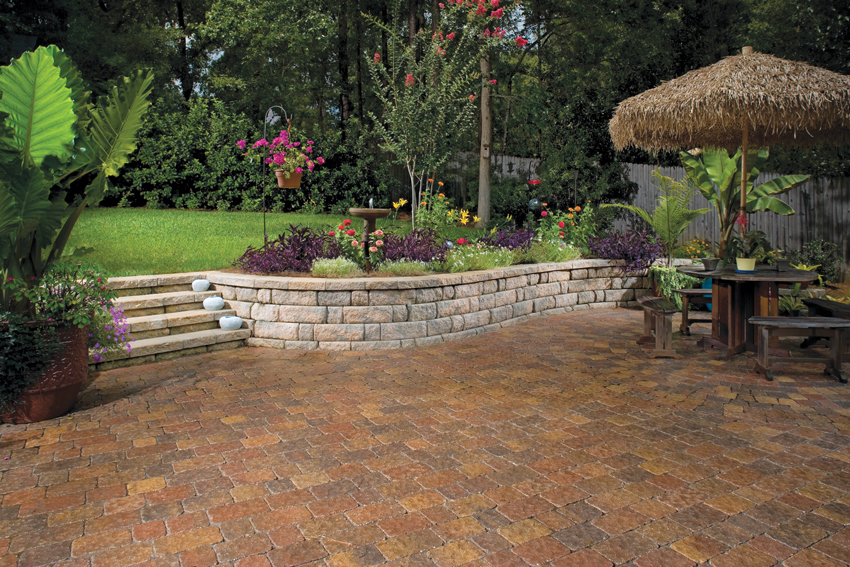Masonry and LEED v4
LEED Credit: Indoor Environmental Quality
Low-Emitting Materials. This credit, worth up to three points, focuses on volatile organic compound (VOC) emissions. This credit requires that 100 percent of the ceiling and wall materials used meet general emissions evaluation criteria to be considered a compliant category. Stone, glass, concrete, and clay brick are listed as “…inherently non-emitting and comply without any testing if they do not include integral organic-based surface coatings, binders, or sealants.” Most masonry products do not include integral organic-based coatings, binders, or sealants. It is important to note that factory-applied coatings must meet the California Department of Public Health Standard Method v1.1-2010 requirements to comply with this credit.
For Healthcare and Schools only, exterior applied products are required to comply with the VOC criteria if this credit is pursued. Masonry products without added coatings used in this application will generally comply with this requirement.
Acoustic Performance. LEED v4 for New Construction now includes a credit for acoustic performance. A credit for acoustic performance was previously only found in the LEED for Schools rating system. This credit includes sound transmission class (STC) requirements for interior walls ranging from 45 to 60 depending on the occupancy of adjacent rooms. An STC of 50 is required between hallways and adjacent rooms. Typical STC values for standard concrete masonry units range from 45 for a lightweight 8-inch unit to more than 60 for a fully grouted 12-inch unit. Some masonry wall systems have an STC of 61 or more, with certain specially designed acoustical masonry units providing sound absorption at all frequencies—even low frequencies that can be hard to control. Acoustics is clearly one area where masonry building products will have an advantage over wood or steel materials.










